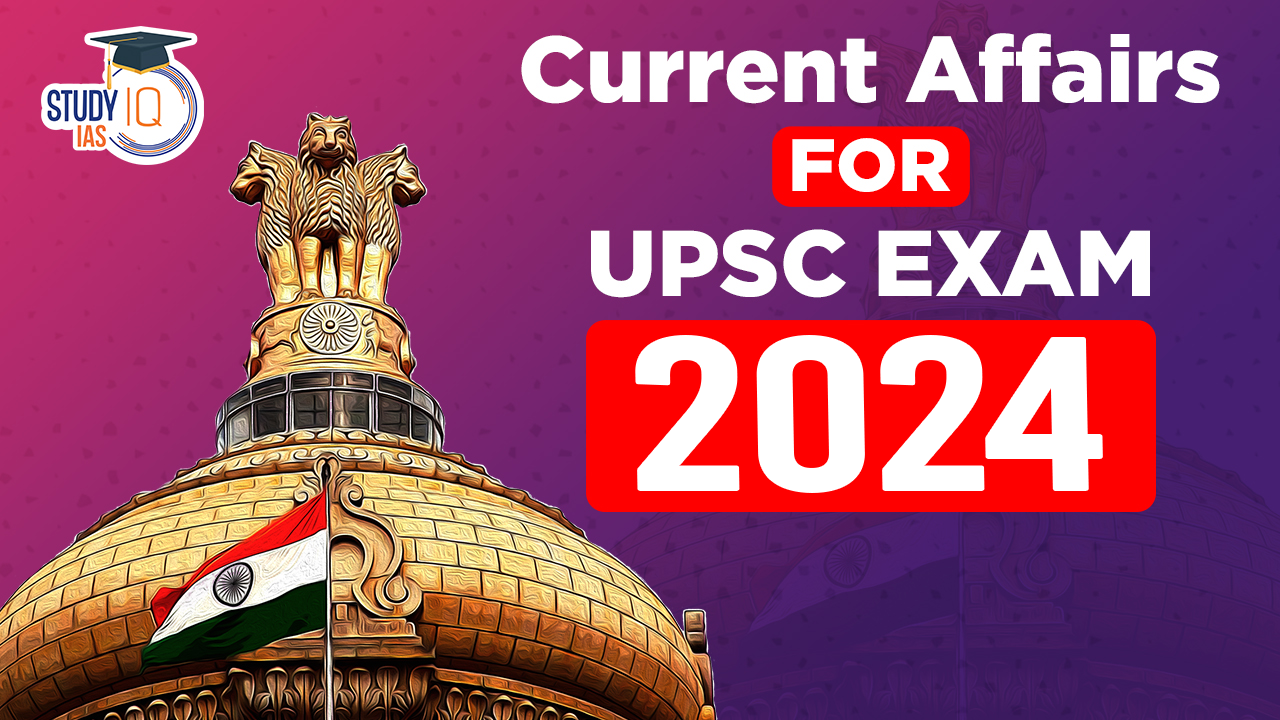Table of Contents
Project Cheetah
Context: Recently Project Cheetah has completed 2 Years of its launch. Two years in, Project Cheetah has seen marginal successes but many challenges remain regarding its long-term outlook.
About Project Cheetah
- The project involves moving cheetahs from South Africa and Namibia to Kuno National Park located in Madhya Pradesh.
- Launched: on September 17, 2022.
- Aim: To replenish the cheetah population in India.
- It was declared extinct in 1952.
- Cheetah Action Plan:
- It is a project to conserve cheetahs and restore ecosystem functions in India.
- Prepared by:
- National tiger Conservation Authority (NTCA)
- Wildlife Institute of India (WII)
- Madhya Pradesh Forest Department.
- Objectives:
- To contribute towards global conservation of the cheetah species.
- To restore open forest and savanna ecosystems, which will benefit biodiversity and ecosystem services.
- To improve the livelihoods of local communities through eco-tourism and eco-development
| Current Status of Project Cheetah |
|
Assam Accords
Context: The Assam government has initiated implementing 52 recommendations from the Clause 6 Committee of the Assam Accord. Also it has postponed some key provisions that require constitutional amendments.
What are Assam Accords ?
- Historical Context:
- It was signed in 1985 between the Indian government led by Rajiv Gandhi and the All Assam Students’ Union (AASU).
- It aimed to resolve the six-year-long agitation against illegal immigration, particularly from Bangladesh.
- Key Clauses:
- The Accord includes several clauses, with Clause 6 being one of the most important.
- It states that “Constitutional, legislative and administrative safeguards shall be provided to protect, preserve and promote the cultural, social, linguistic identity and heritage of the Assamese people.”
- Formation of the Biplab Sarma Committee:
- In July 2019, a committee was formed by the Union Home Ministry under retired Justice Biplab Kumar Sarma to recommend ways to implement Clause 6.
- The committee consisted of judges, bureaucrats, AASU leaders, and journalists.
- Key Recommendations:
- The committee defined “Assamese people” to include Indigenous Tribes, Other Indigenous Communities of Assam, and Indian citizens residing in Assam before January 1, 1951.
- Recommendations included reservations for Assamese people in Parliament, state assemblies, local bodies, and jobs.
- Land Rights:
- Establishment of Revenue Circles where only Assamese can own land.
- A program to allot land titles to Assamese individuals who have occupied land without documentation.
- Language Safeguards:
- Assamese will remain the official language of Assam.
- Compulsory teaching of Assamese in schools up to class VIII or X.
- Cultural Heritage Initiatives:
- Creation of an autonomous authority for the development of sattras (Vaishnavite monasteries).
- Establishment of cultural complexes to promote the heritage of all ethnic groups in Assam.
Mineral Security Finance Network (MSFN)
Context: Recently, India has officially joined the US-led Minerals Security Finance Network
About MSFN
- It is a US-led initiative that aims to strengthen global cooperation in securing critical mineral supply chains. It has emerged from the Minerals Security Partnership (MSP).
- Objective:
- To promote cooperation, information exchange and co-financing among institutions from the Indo-Pacific region and Europe.
- Members (14): United States, Australia, Canada, Estonia, Finland, France, Germany, India, Italy, Japan, the Republic of Korea, Norway, Sweden, the United Kingdom, and the European Union.
- Significance for India:
- India’s membership in the MSFN can help diversify and secure its supply of critical minerals.
- India can also leverage the MSFN to help its public sector undertakings (PSUs) acquire critical mineral assets abroad.
| Minerals Security Partnership (MSP) |
|
Artificial Intelligent (AI) PC
Context: Worldwide shipments of AI PCs are projected to reach 114 million units by 2025. AI PCs are anticipated to account for 43% of all PCs sold globally in 2025.
What is an AI PC ?
- It is a computer that uses artificial intelligence (AI) to enhance performance, efficiency, security and the user experience.
- AI PCs have built-in AI processors, such as neural processing units (NPUs), that work in parallel with the CPU and GPU to process AI workloads.
Features:
- Neural processing unit (NPU)
- AI PCs have an NPU that handles AI workloads at low power, which can improve efficiency.
- CPU, GPU, and NPU
- AI PCs have a CPU, GPU, and NPU that work together to handle AI tasks. The CPU is responsible for smaller workloads, the GPU is for large workloads, and the NPU handles sustained AI workloads.
- AI-optimised software
- AI PCs come with AI-optimised software and features for productivity, creativity and user experience.
- Intelligent automation
- AI PCs can learn from user behaviour and system performance to optimise tasks, such as managing system resources, predicting which applications users will access next, and improving responsiveness.
- Noise cancellation
- AI PCs can perform intelligent noise cancellation when using the microphone.
- Resource management
- AI PCs can manage resources better when running multiple programs or playing a game.


 Securities Markets Code Bill 2025: Towar...
Securities Markets Code Bill 2025: Towar...
 Weakly Interacting Massive Particles (WI...
Weakly Interacting Massive Particles (WI...
 India–Oman Trade Deal: CEPA Signed to ...
India–Oman Trade Deal: CEPA Signed to ...

























